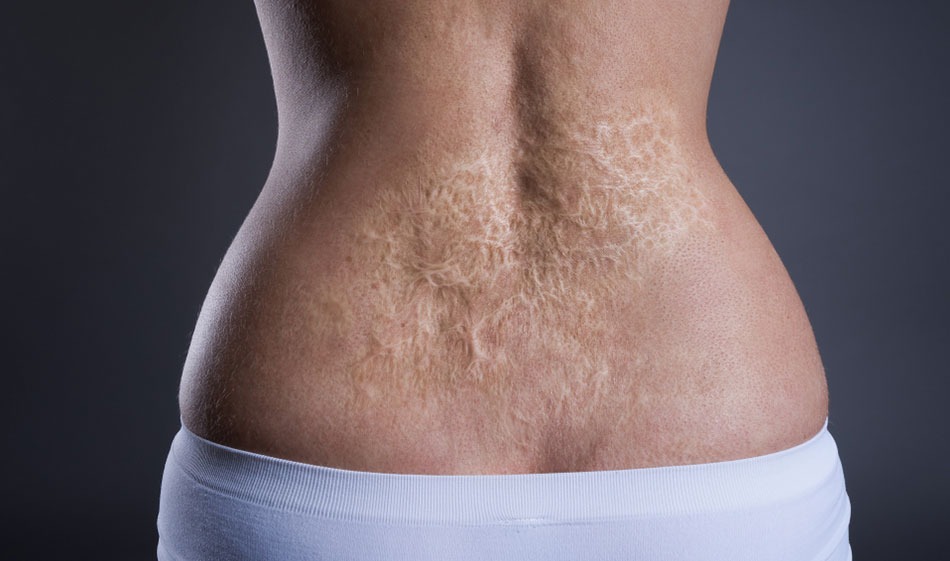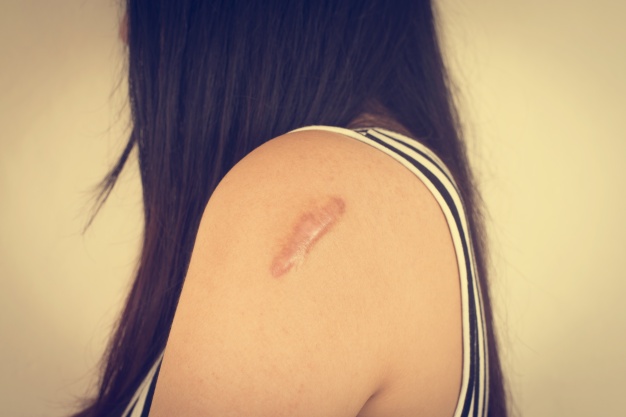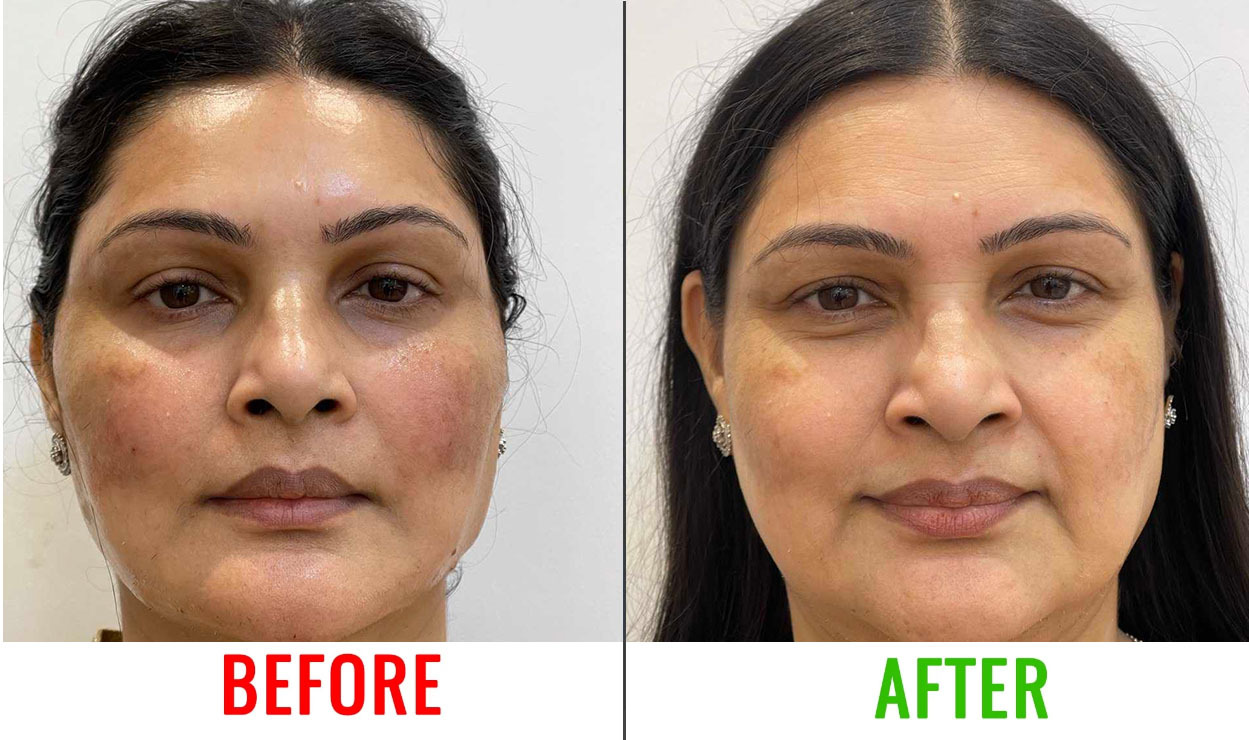
Scar Management
Skin is a seamless organ, which protects all internal organs. A small tear is enough to cause a big difference. Any injury, burns or other trauma, can cause a scar. With adequate care r through multiple scar management techniques, it is possible to minimize scarring and even prevent them in some cases.
What is Scar Management?
Scarring is a natural process of healing post-injury. Its appearance and treatment depend on certain factors like depth, size, and location. Even factors like age, genes, and sex also influence the treatment and appearance.
There are several types of scars:
Keloid scars: These are a result of an overly aggressive healing process. They extend beyond the original injury. Over time, it also hampers movement. Keloid scars are more common among people with darker skin tones.
- Contracture scars: This happens when your skin gets burned. It can also go deeper affecting muscles and nerves. These scars tighten your skin which impairs your ability to move.
- Hypertrophic scars: These are raised red scars which are similar to keloids. They do not go beyond the boundary of the injury.
- Acne scars: If you have had severe acne, you are more likely to have the scars to prove it too. Acne scars range from deep pits to angular or wavelike in appearance.
- Cicatrix: It is flat, slightly raised with a pink or reddish colour. It may feel itchy or painful.
Scar management is a common method employed to help remodel scar tissue that has developed in injured tissue. It is a treatment used in physical therapy after surgery, fracture or soft tissue injuries including sprains and strains. It is also known as scar mobilization or scar tissue mobilization.
Types of Scar Management Surgery
Your general physician will recommend a dermatologist or a plastic surgeon for treatment. The various types of treatment are:
- Skin-camouflage: Specially designed makeup used for covering scars can serve as a good option to cover scars. Fully-trained practitioners will be able to find a good colour match for your skin tone. They will explain to you the dos and don’ts of the application.
- Silicone gels: It is used for application on healing the skin to help soften and flatten a scar. It also provides relief from itching and discomfort. Placing over the scar for 12 hours a day for 3 months can be effective. These sheets can be washed and reused. However, these can not be applied to open wounds.
- Steroids: They can improve the appearance of scars. Corticosteroid injections can be used to treat some keloid and hypertrophic scars. The injections may need to be repeated depending on the type of scar. It is usually injected three times, four to six weeks apart to assess your body’s response. Treatment may continue for several months if improvements are noticed.
- Laser therapy: Laser therapy can reduce the redness in a scar by targeting the blood vessels in the excess scar tissue. It is used to flatten scars through laser resurfacing. The top layers of the skin are removed through laser-stimulating collagen production.
- Cryotherapy: Liquid nitrogen is effective in freezing keloid scars. If cryotherapy is used in the early stages, it may flatten keloid scars and stops them from growing.
- Dermal Fillers: These are injections used to plump up pitted scars. Repeated treatments are required to maintain the effect.
- Skin needling: It involves rolling a small device covered in hundreds of tiny needles across the skin, which helps to improve the appearance of scars.
- Surgery: Surgery makes the scar appear more natural and less noticeable by using a skin graft.
- Pressure dressings: These are used for treating large burn scars or after skin grafts under expert supervision. It is made from a stretchy elastic material, worn over a scar 24 hours for 6 to 12 months. It can be used with silicone gel sheets to improve the appearance of scars over a long time.
Who can go for Scar Removal Surgery?
There aren’t any restrictions as to who can go for surgery, but make sure your surgeon is trained and experienced and discuss the procedure, the possible risks involved and the results desired.
How long does it take to perform Scar Management Surgery take?
In most cases, the surgery can be completed in a couple of hours. If the scar is large or in a challenging area, it can take longer.
Cost of Scar Management Surgery in Kolkata
Depending on the technique employed, the cost of scar management varies. Techniques involving injections add up to your bill. Kolkata is cheap and budget-friendly, with clinics providing treatments at affordable prices.
Side Effects of Scar Management Surgery
While the side effects of scar management surgery are very low, it is important to consult your doctor about any noticeable irregularities. Make sure that the surgeon performing the treatment should be well trained and experienced.
Is Scar Management Surgery Painful?
The surgery is not painful.
Why Dr. V. S. Rathore?
Kaayakalp is a highly reputed clinic in Kolkata, headed by Dr. V.S. Rathore, the best surgeon for cosmetic surgery in Kolkata. The expertise, experience and professionalism make him standout in delivering customer needs efficiently. He has a highly experienced team which work under him and under his consultations, providing appropriate consultations to the individual’s requirements while maintaining confidentiality. Affordable pricing and high customer satisafaction makes him the best in the city.
Scar removal treatment laser, Scar removal treatment cost, Scar management, Scar management techniques, Scar management after surgery
FAQs
The techniques for scar management surgery are unique depending on the location, type and size of the scars.
Some common types of scar management surgeries include:
1. Fractional Laser Therapy - A portable laser light machine is used which will project radiation onto targeted cells in an effort to stimulate collagen production and prevent scaring;
2. Sclerotherapy - injections or other drugs which are injected into the scar to dissolve it from the inside out;
3. Dermabrasion or dermaseaxation - This technique involves physically removing skin through a controlled cut away procedure.
Absolutely! Scar management treatment surgery usually involves a series of treatments, but any improvement you see will be the result of having done the procedure. In some cases, people don't see any improvement until they have completed a number of sessions, and in other cases, all it takes is one treatment.
The treatment varies differently on every skin. While the treatment helps in disappearing the scar, sometimes it can just minimize it.
The duration depends on the size of the area being treated, generally, it does not take more than an hour or two.
If you are opting for the surgical procedure, then it goes without saying that there will be incisions made on the skin.








